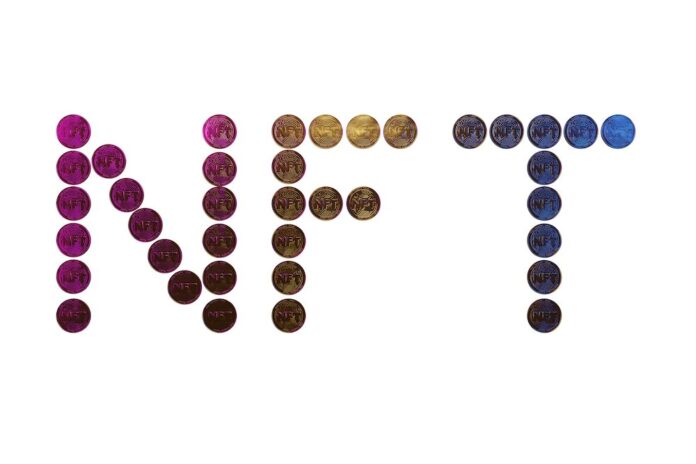The non-fungible token is called a new word in the art industry: interest in it has skyrocketed recently and is still growing. The Hermitage and Christie’s auction house have already become interested in NFT art technologies. Why do some of us believe that they are the future? Let’s figure it out.
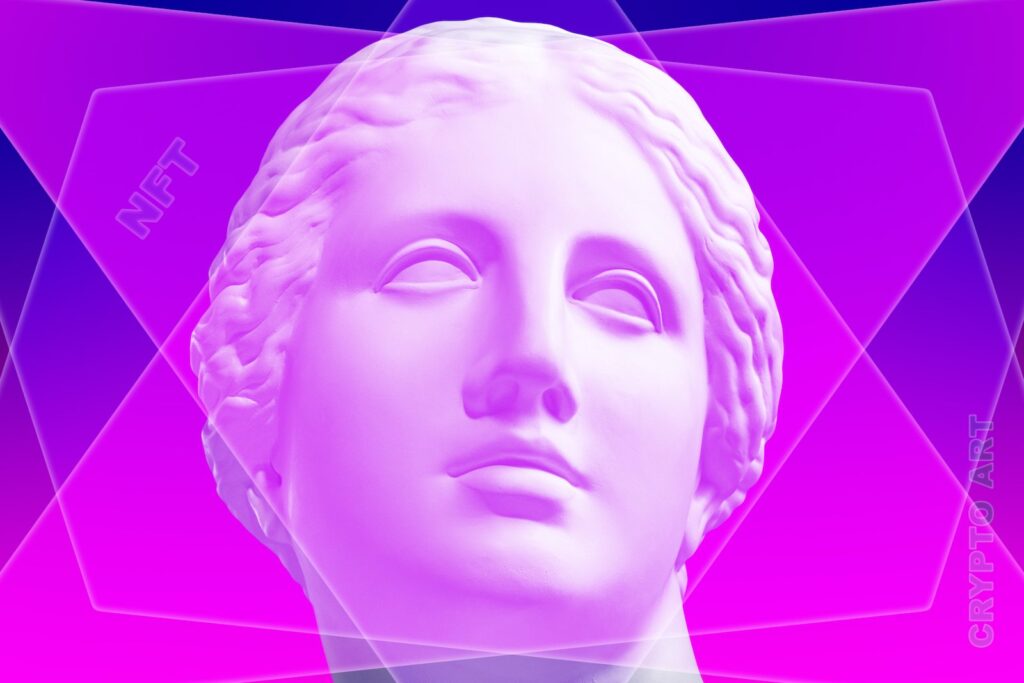
What changes have NFT tokens brought to the art business?
Until some time, words like “blockchain” or “token” seemed familiar, but little understood to a person who does not understand cryptocurrency. The main digital currency of the world was even recognized as fiat: it happened in France, where bitcoin was equalized with ordinary money. But with the development of the blockchain, it became clear that not all tokens are fungible. Does this mean that they cannot be used in transactions with digital assets?
Quite the contrary: NFTs are valuable for their uniqueness, like paintings or musical compositions. And this is the main thing that unites NFT tokens and art objects.
What is NFT art?
All tokens are different from each other and none of them can be counterfeited, divided or quietly replaced by another. This is necessary so that their owners can secure their rights to any unique object – from an item in your favorite computer game to a masterpiece that exists in a single copy.
Everyone can issue their own NFT token: it contains all the information about the product, from the name of the owner to the history of operations with it. And this information will always be available and reliable, which means that there will be no doubts about the authenticity of the art object.
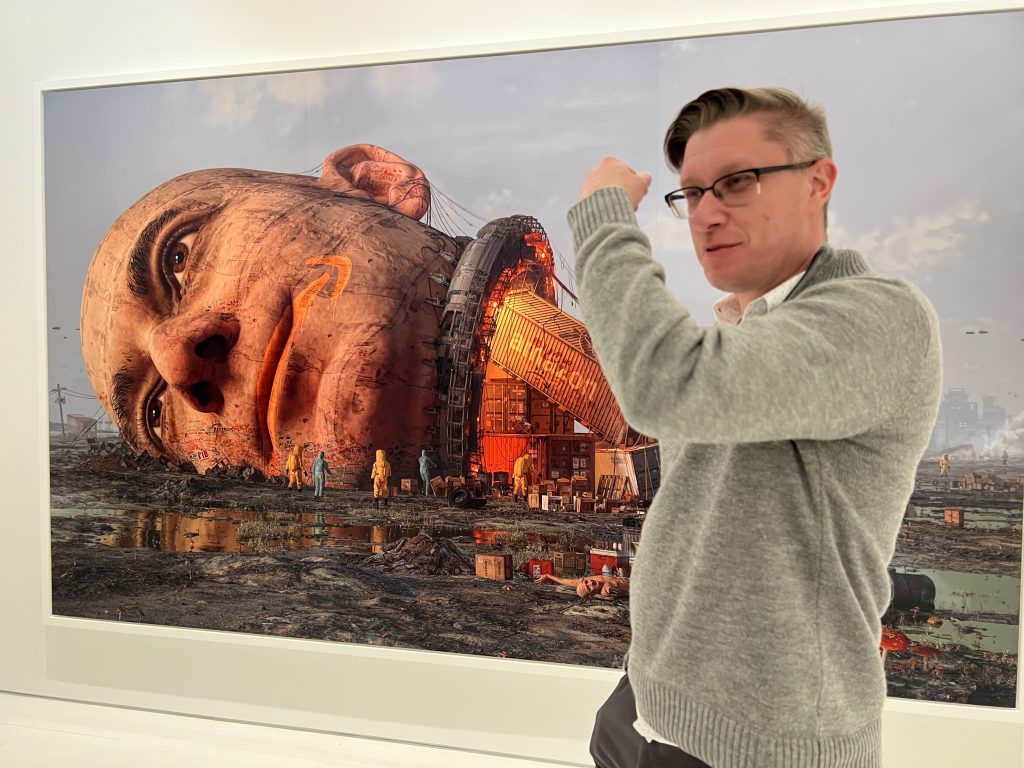
NFT tokens have forced everyone interested in art to look at the ownership of the result of someone’s creativity from a new angle. The Mona Lisa by Leonardo da Vinci is in the Louvre. Any of us can hang a reproduction of the most recognizable painting in the world on the wall, install its image on the phone or transfer it as a print to the fabric. But that doesn’t mean you own the Mona Lisa. And if you issue an NFT token for da Vinci’s work, then its value will grow in proportion to the use in social networks and the frequency of mention.
Why is the art market digitizing now?
The “bridge” between the worlds of art and non-fungible tokens was the work of the artist Banksy “Morons (White)”.
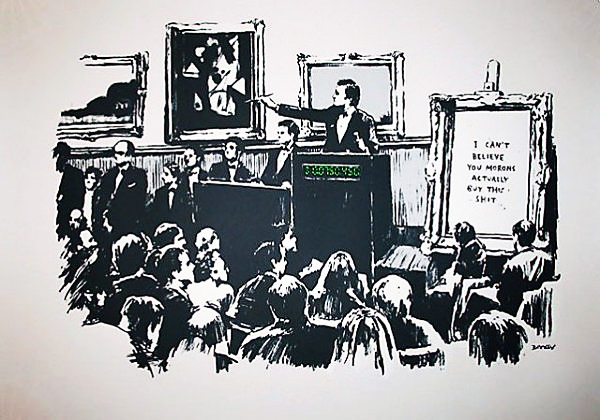
In early March 2021, it was acquired by blockchain company Injective Protocol for $95,000 and then burned during a live stream on social media. After burning the work, Injective Protocol created a piece of NFT art.
After turning into a virtual asset, the company plans to sell it on one of the blockchain platforms. This is the first case in history of the transformation of a physical art object into a digital one, but obviously not the last.
Auction house Christie’s pioneered the sale of NFT art. The painting by the artist Beeple, which was created over 14 years, is called “Weekdays: the first 5000 days.”
Non-fungible tokens are used to sell live broadcasts with celebrities, music albums, but they have a special meaning for the art community. The main advantage of NFT art remains its programmability. You can write royalties in the token, and they will be deducted from each new owner of the work that you have turned into a digital asset. To do this, you do not have to look for them and inform them about it: information about the commission is stored in a smart contract and the declared amount is transferred to your “wallet” automatically.
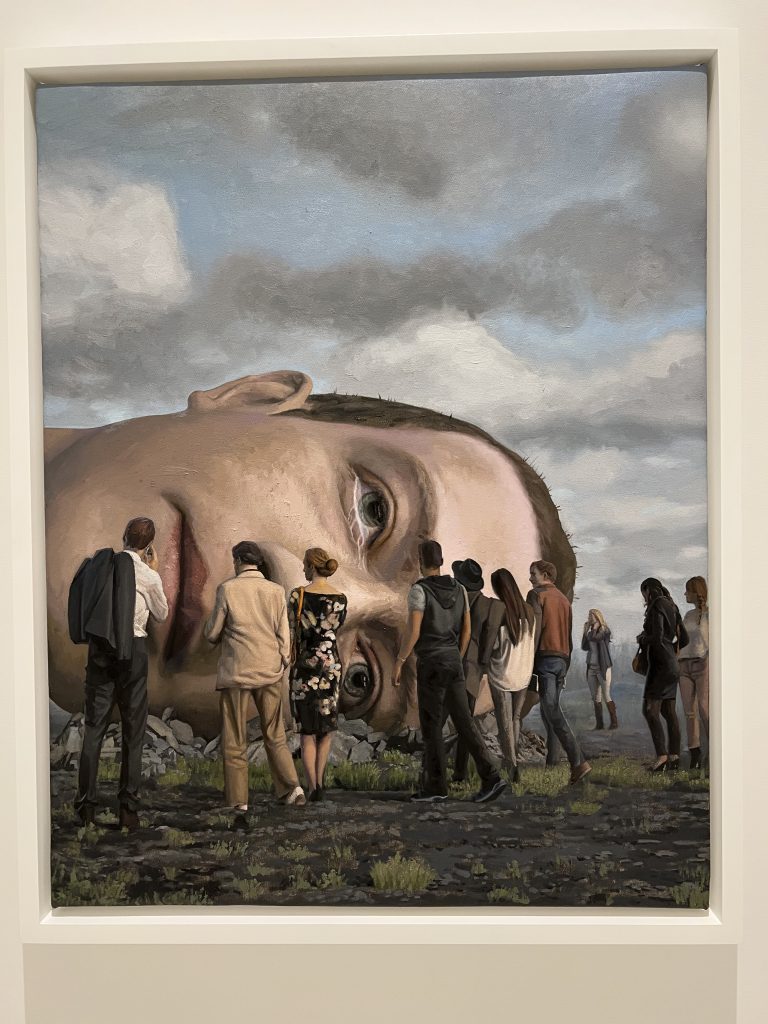
The pandemic has also played its role in the digitalization of art. For many artists, NFT art has provided additional opportunities to earn money and maintain interest in a personal brand. Moreover, the higher the mention of the artist’s name, the more interest will be riveted to him at NFT auctions, which is always reflected in the final cost of the work of NFT art, if we talk about its sale.
What are NFT contemporary art auctions?
NFT auctions are popular not only among professionals, but also among inexperienced investors who buy works of NFT art by contemporary artists and consider them as an investment, planning to resell them at a higher price over time. In essence, NFT auctions are not much different from conventional auctions, of course, except for the use of exclusively digital payment methods and online bidding instead of a real “fight” with competitors.






